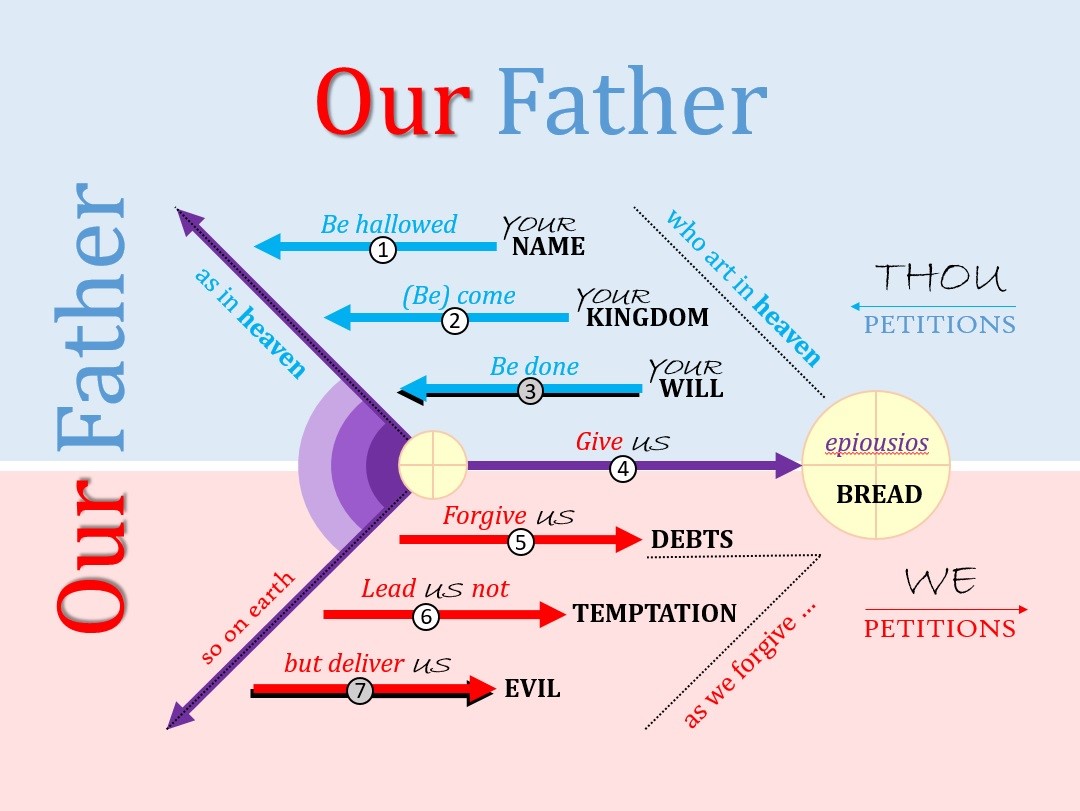Our guest speaker is Deacon Kevin Bagley, Verbum Director.
Deacons likewise must be serious, not double-tongued, not addicted to much wine, not greedy for gain; they must hold the mystery of the faith with a clear conscience” (1 Tim 3: 8,9).
The Diaconate was established in the days of the early church. When we read in the Acts of the Apostles, Chapter 6, that there was concern that the widows of the Hellenists were being neglected in the daily distribution of food, the Twelve called together the community of disciples and appointed seven men to assist them in the various corporal and spiritual needs of the community, and to assist in preaching the word of God (Acts 8:40). Because of this important ministry, the deacon was expected to be a man of religious and moral integrity (I Tim 3: 8-11).One of the first deacons, Stephen, also became the first known martyr for Christ.
In the Catholic church, there are two kinds of deacon, those who receive the order as they progress on to priesthood (transitional deacons), and those who receive the order and remain deacons (permanent deacons). While the transitional deacon has not changed much from the time of its inception, the order we call the permanent diaconate flourished in the first four centuries. Then, for rather complex reasons, the order went into decline in the Roman Church. In the Eastern church, the order flourished and is still an integral part of their clergy to this day, playing an active and dominant role in church functions.
The Second Vatican Council restored the diaconate as a permanent ministry in the Church. In Article 29 of Lumen Gentium, the Dogmatic Constitution on the Church, the diaconate was restored as a proper and permanent rank of the hierarchy. Deacons rank at the lower level of the hierarchy, upon whom hands are imposed by the bishop—not into the priesthod, but into a ministry of service to the bishop. The permanent deacon is ordained into the distinct ministry of service. This ministry of service occurs in three distinct areas of the Church’s life: in the proclamation of the word, in the celebration of the sacraments, and in the community’s social ministry and charitable works.
One who aspires to the permanent diaconate publicly proclaims his will to offer himself in service to God and the Church in the exercise of a sacred order. By the administration of Holy Orders, the deacon becomes a cleric and is incardinated into a diocese for service to the Bishop. The United States Conference of Catholic Bishops asked the Holy See to restore the permanent diaconate in the United States in April, 1968, and the first permanent deacons in the United States were ordained in May and June of 1971.
If you’d like to learn more on the history and purpose of the permanent diaconate, check out the Paulist Press Diaconate Collection, on pre-pub now!







The order of deacons have been a gift to the catholic community. Their experience in family and secular society provided a new perspective on the ministry and preaching of these new champions of the catholic faith. They need our support in spreading the gospel and fulfilling their family and secular role in society. whether in parish, family or secular life the gifts of the holy spirit support our new workers in the vineyard.